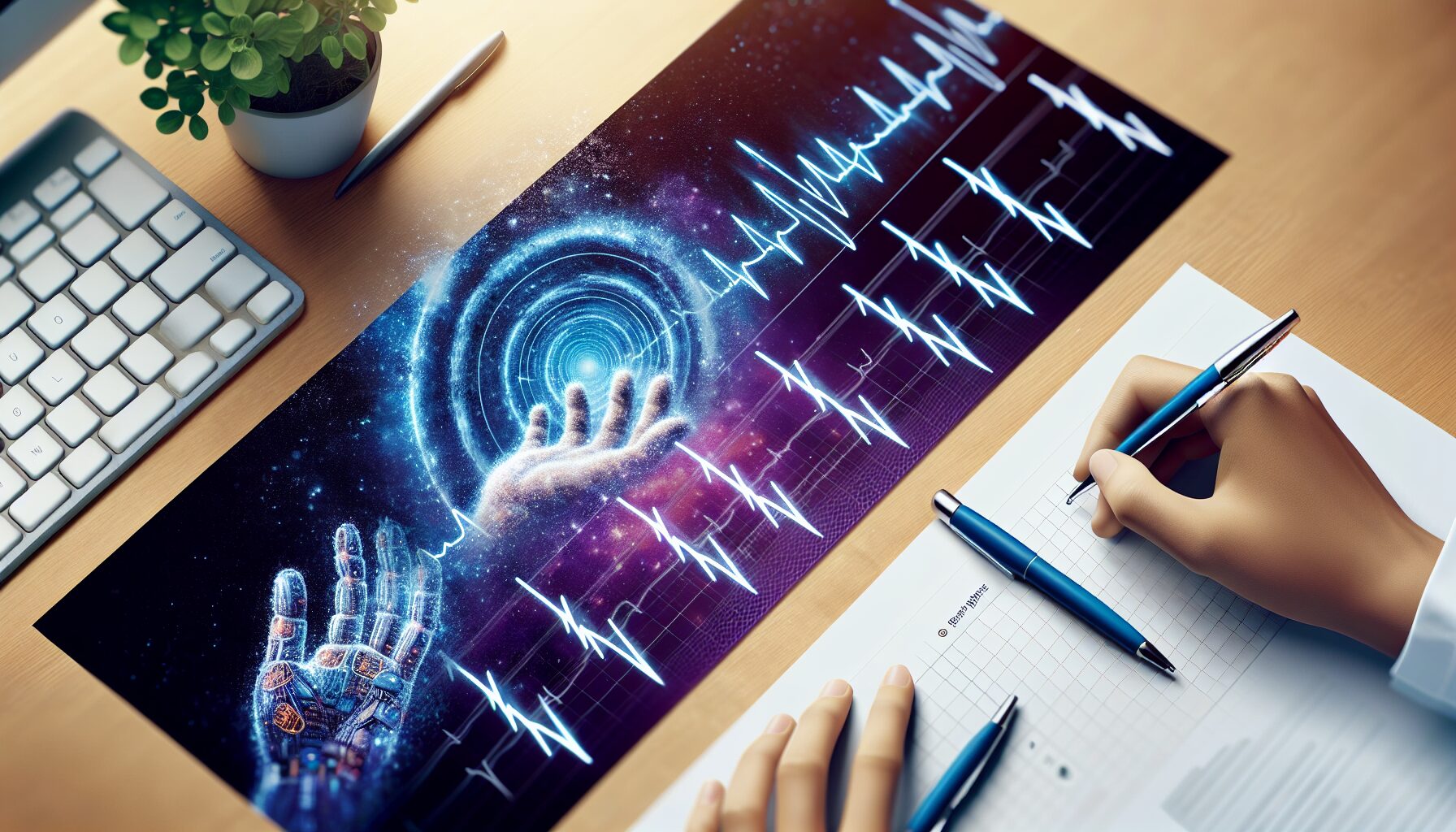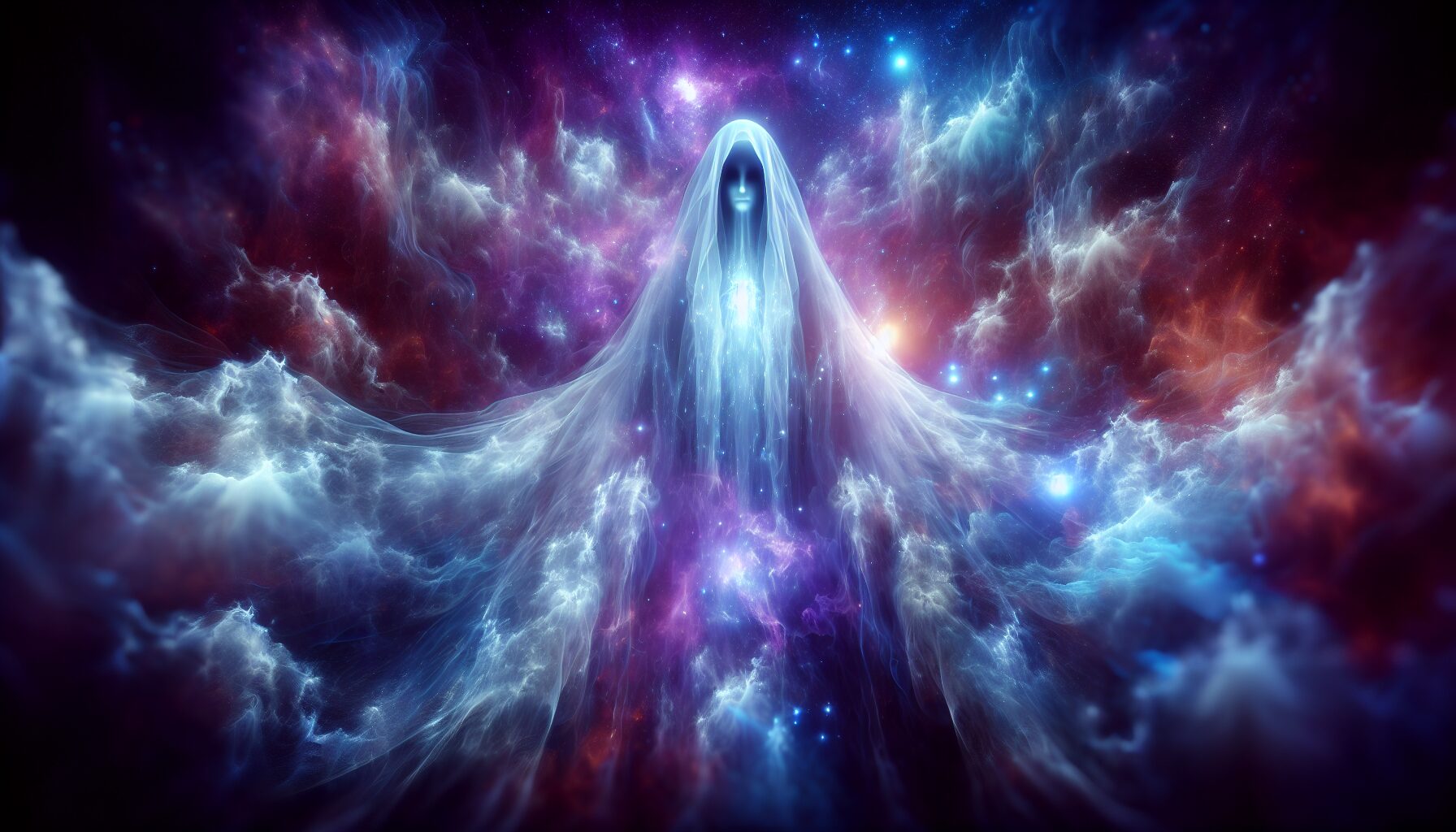The emergence of artificial intelligence (AI) and digital technology has significantly transformed our lives, but one of the most intriguing areas of transformation is the concept of a digital afterlife. This notion blurs the boundaries between life and death, suggesting a future where our digital footprints could offer a semblance of immortality.
The Concept of Digital Afterlife
Digital afterlife refers to the preservation of a person’s digital identity, personality, or memories beyond their physical demise. Through the technological capabilities of AI, it is now conceivable to create digital personas that mimic real-life individuals, allowing their essence to persist in the digital realm.
“Our shared digital space is becoming an eternal reflection of who we are, an echo of ourselves.” — The Guardian
AI’s Role in Creating Digital Avatars
AI plays a pivotal role in forming what some refer to as “data souls.” By analyzing vast amounts of information gleaned from social media, emails, and other digital interactions, AI can craft a comprehensive virtual representation of an individual. These digital avatars can simulate human conversations, providing comfort or companionship to those left behind.
- Voice Synthesis: Advanced AI can analyse voice recordings to create synthetic replicas of deceased persons’ voices.
- Chatbots: AI algorithms use natural language processing to power chatbot versions of individuals, often indistinguishable from real-life conversations.
- Holograms: Some companies offer holographic technology enabling people to interact with lifelike projections of deceased loved ones.
The use of AI to engineer such enduring digital presences offers solace to many. It allows for ongoing connections with lost family members and friends, continuing their legacy digitally.
Ethical Considerations and Concerns
While the idea of a digital afterlife may appear comforting, it raises important ethical questions. For instance, who owns the digital persona? Is it ethical to replicate a deceased person without their prior consent?
- Consent: The notion of posthumous consent is crucial. Should individuals be given the chance to permit or deny the creation of their digital afterlife?
- Privacy: Use of personal data to create digital beings must be secure and respectful of privacy, adhering to stringent data protection laws.
- Emotional Impact: While interaction with digital avatars may provide closure for some, it might hinder the grieving process for others, promoting an unhealthy attachment to the past.
Researchers and ethicists suggest the creation of clear guidelines and legal structures to govern the digital afterlife industry. These should ensure that the desires of both the deceased and their loved ones are respected and protected.
Companies Leading the Way
Several companies are trailblazing the development of digital afterlife technologies. For example, Eterni.me promises to preserve your memories forever, transforming what you share with it into a digital avatar capable of conversing with future generations.
Similarly, Replika uses AI to create chatbots that evolve over time, learning and growing through interactions, offering users companionship even during periods of isolation.
The Philosophy of Data as Spirit
The philosophical implications of a digital afterlife extend beyond technology into deeper existential realms. In many spiritual and metaphysical traditions, the concept of a spirit or soul transcends the physical body. The integration of AI into our understanding of the self parallels this concept, suggesting that our “data spirit” is a new evolution of identity.
“You don’t have a soul. You are a soul. You have a body.” — C.S. Lewis, remarking on the eternal nature of spirit.
Does AI offer a new means to attain immortality? With the capacity to encapsulate thoughts, conversations, and even emotions, a digital afterlife may serve as a modern echo of age-old beliefs in an eternal self.
Future Outlook
As AI technology continues to evolve, the potential for more sophisticated and authentic digital afterlives will grow. However, a balance must be struck between innovation and ethical responsibility.
Governments and tech companies partake in creating these technologies must prioritize transparency, ethical considerations, and the protection of individual rights, ensuring that the promise of a digital afterlife does not become an unintended nightmare.
In conclusion, the convergence of AI and the digital afterlife presents us with profound opportunities and challenges. While offering a new form of immortality, it forces us to confront ethical dilemmas and reconsider our understanding of identity and legacy in the modern age.





